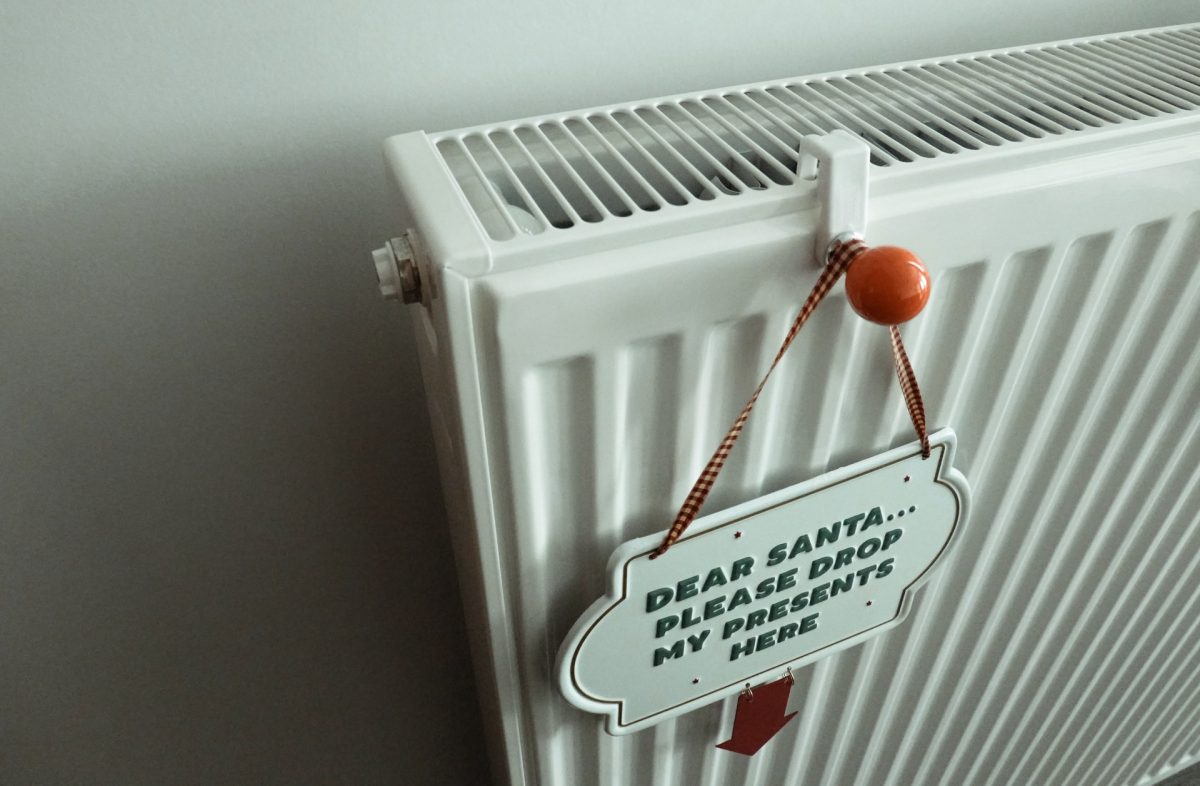To get the most out of your investment, you need to make the right choice. To avoid the exorbitant cost of the electricity bill, many households prefer to invest in thermal insulation work rather than choosing an affordable electric radiator or heater. This much-loved and much-hated device has attracted the attention of designers by improving its energy consumption.
Criteria for choosing an electric radiator
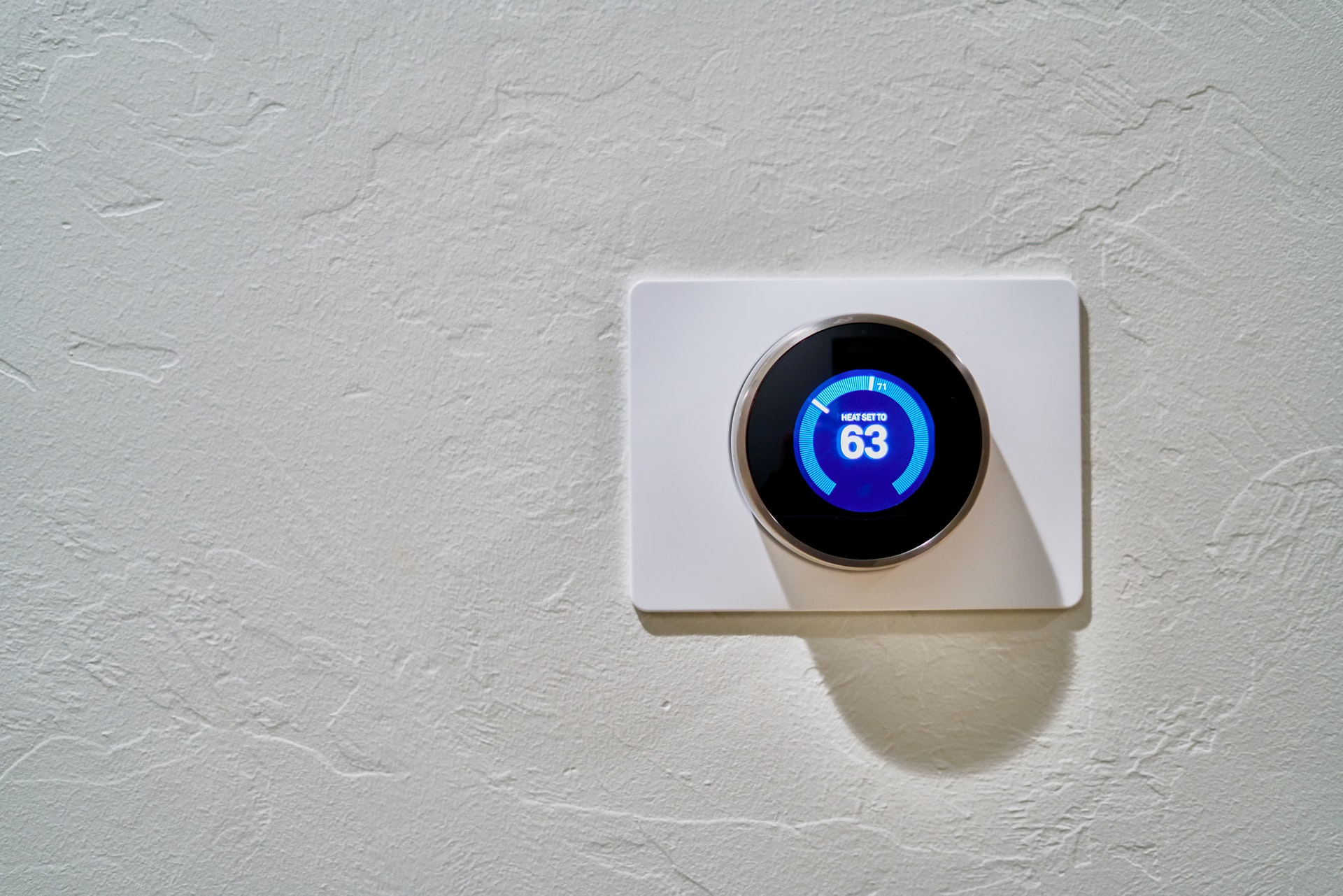
To keep up with the digital trend, electric radiators are equipped with a wide variety of high-end technology to provide more comfort in use and to remedy a high energy requirement. Indeed, the majority of them are connected to a programmable system that allows them to manage their function perfectly. Also, thanks to this operating network, you will be able to control them remotely from your smartphone.
Whether it is a radiant radiator, fluid or dry inertia, or dual heating system, know that they provide heat in different ways determining their advantages or disadvantages. In addition, they are all available in a wide range of power ratings, allowing you to make a choice according to the use of the room and the frequency of use.
The different types of electric radiators and their uses
1. The radiant heater
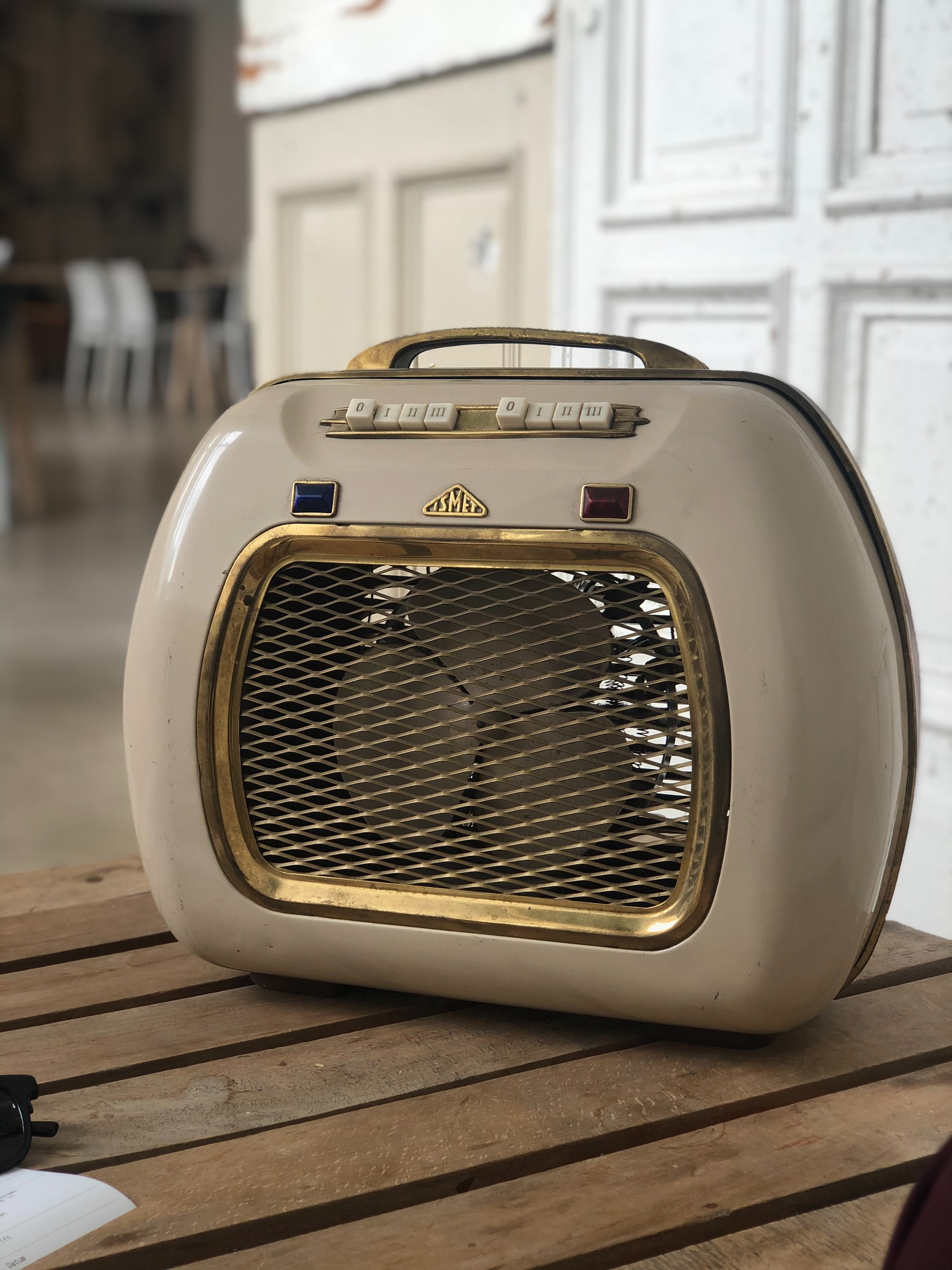
The radiant heater consists of a radiant panel and an electric resistance. This technology works with an electric resistance that heats a radiant plate. This plate, in turn, intensifies the heat and spreads it immediately in the house. Thus, the heat is perceptible as soon as it is connected, and it disappears immediately once the radiator is turned off. In terms of use, it is suitable for rooms where little time is spent, such as the garage, the corridor, and the office.
2. The electric radiator with fluid inertia
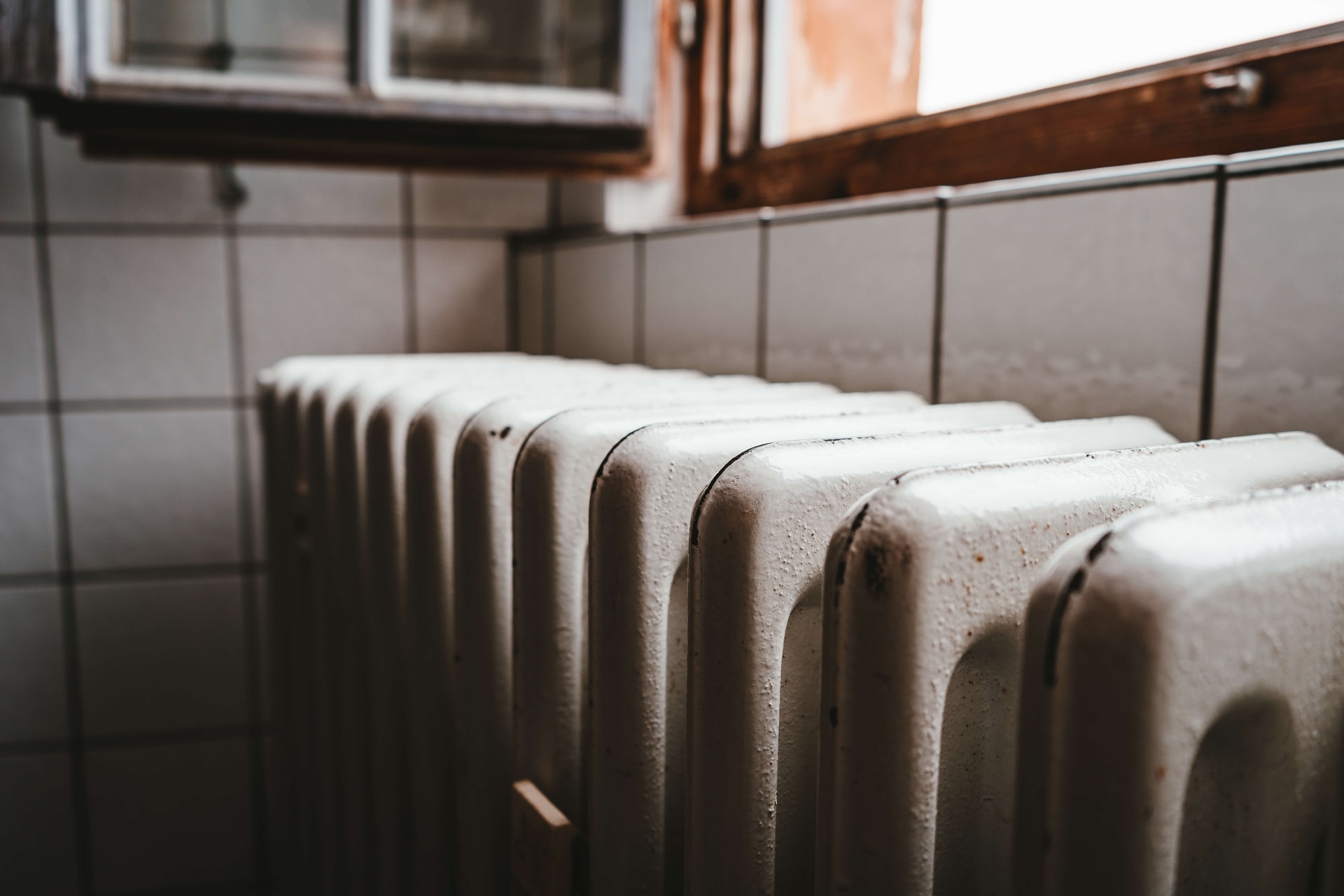
This type of radiator is made from a heat transfer fluid such as water or oil and electric resistance. Heated by the resistance, the heat transfer fluid conducts the heat through its heating network in a closed circuit. This allows this heating body to store heat and distribute it gradually in the rooms. The advantage of this heater lies in its ability to maintain a significant heating time even when it is not powered. Thus, it will be beneficial for you to turn it on during off-peak hours to enjoy its heat during peak hours. This method allows you to save on energy consumption. However, it is a slow-running device. It is recommended to install it in a room because it dries the air of a room less for your comfort. Indeed, dry air causes a feeling of discomfort and causes dry cough and migraine.
3. The electric heater with dry inertia
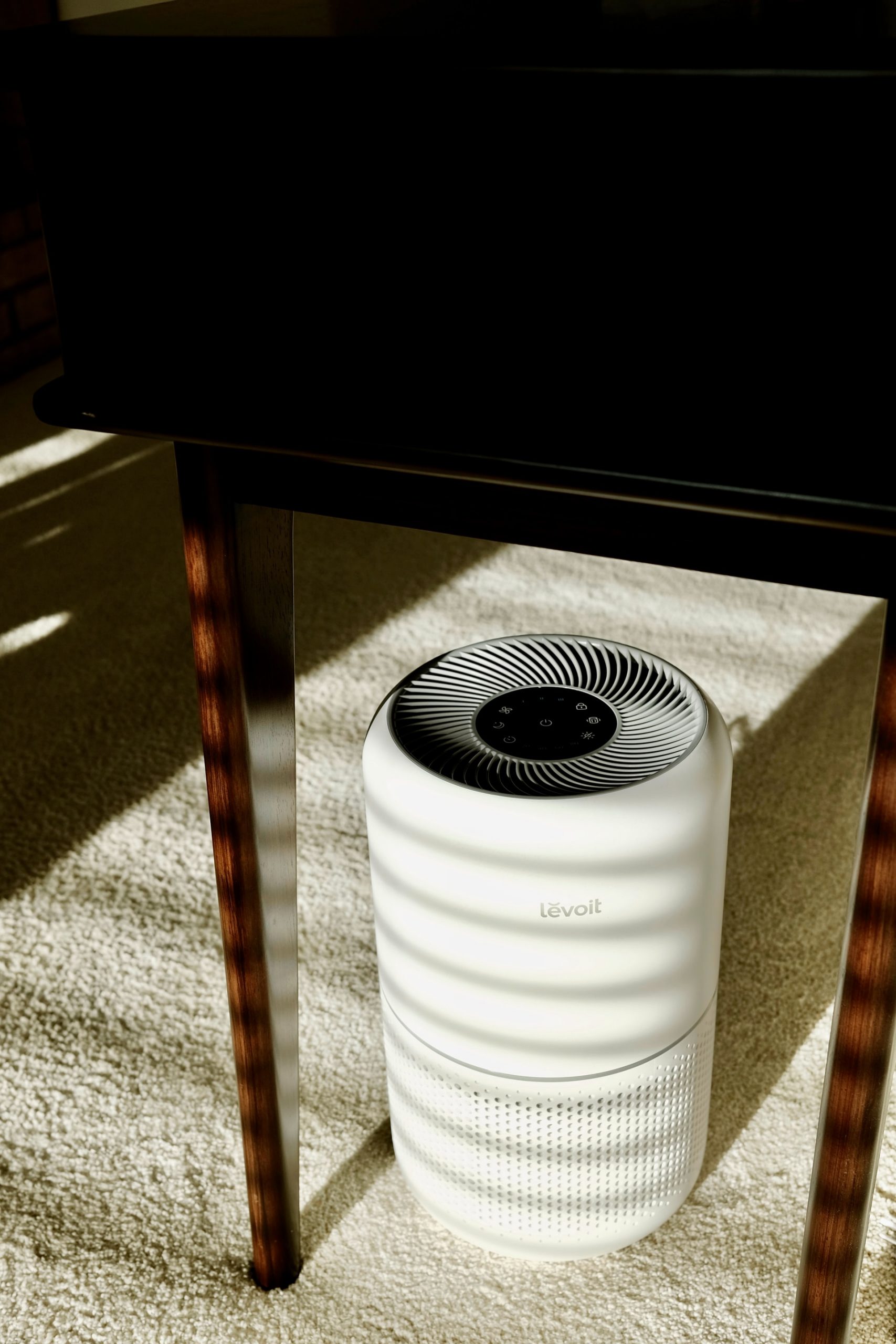
This time, the electric resistance is placed in a heating body such as ceramic and stone. Like fluid inertia, these elements accumulate heat before releasing it gently to the outside. Opt for it in a wet room like the kitchen to make good use of this type of radiator. Indeed, by its soft propagation of heat and its long duration of operation, it tends to absorb moisture by drying the air of a room. It is also ideal for rooms that are used all the time, such as the living room and kitchen. In addition, once it reaches the maximum temperature, this heating system does not consume excess energy to spread the heat for a long time. It is, therefore, more economical to use. In addition, on the design side, it is easy to adapt to the interior decoration.
4. The electric radiator with a dual heating system
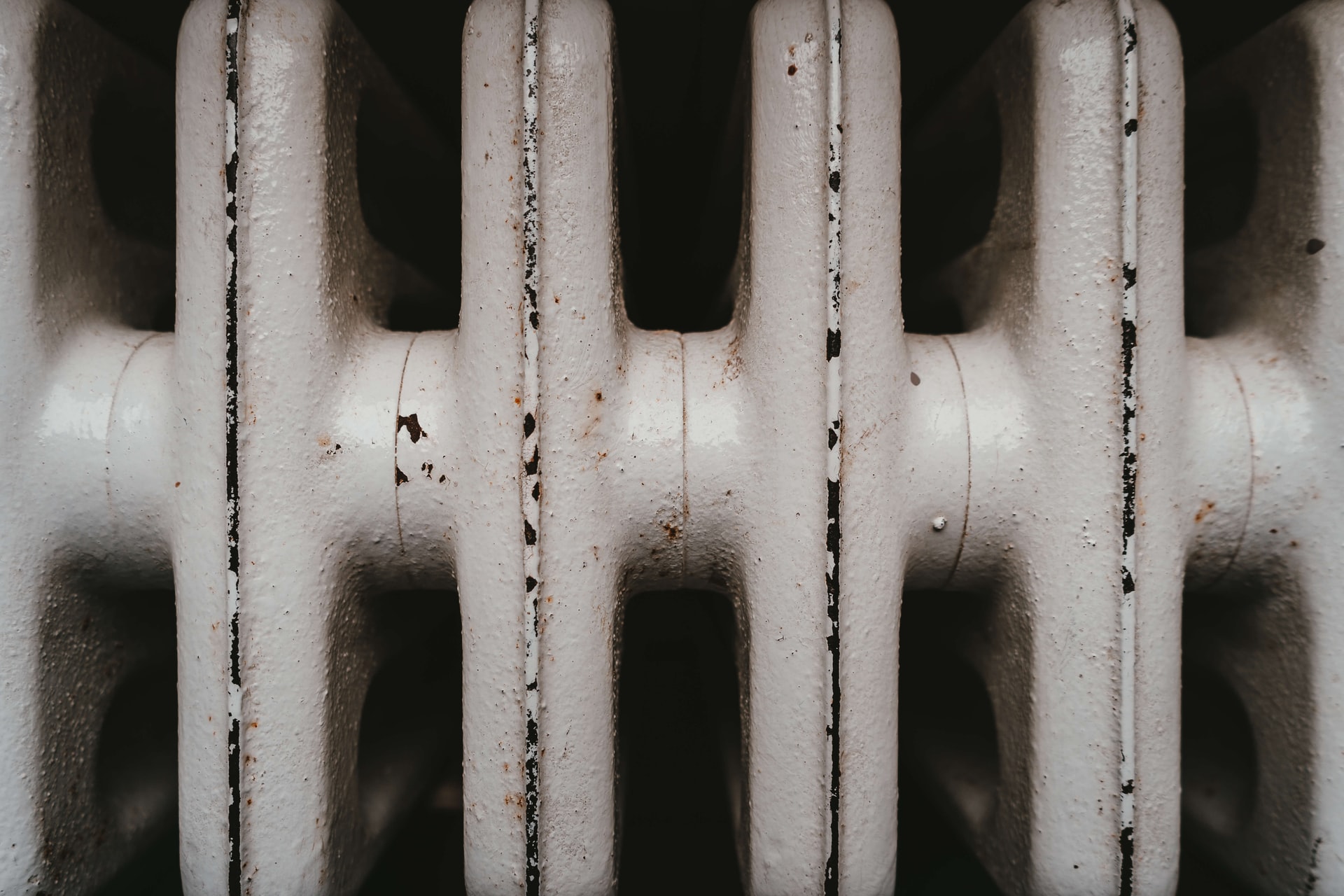
The electric radiator with a dual heating system combines the functionality of two types of radiators, the radiant panel, and the dry inertia. Therefore, it has the advantage of heating a room in record time, but also of reducing energy consumption. However, its price is more expensive than other radiators.
For best use, install this type of radiator in a room. You may want your room to warm up as quickly as possible while you are there, especially when you are sleeping. This device can meet that need without wasting energy. Sound off in the comment section below and tell us at what temperature you like to keep your heater during the winter season.

